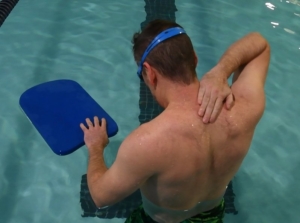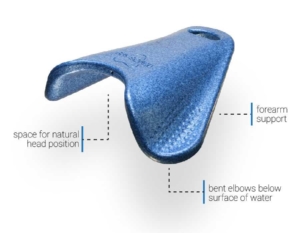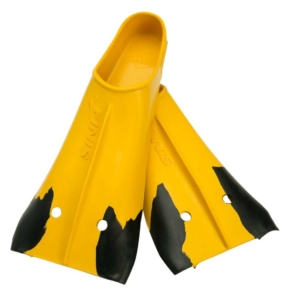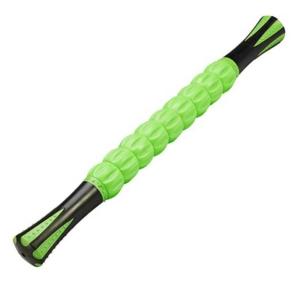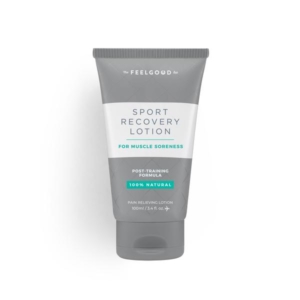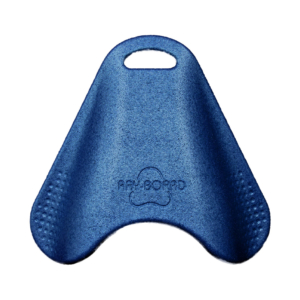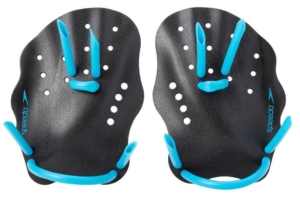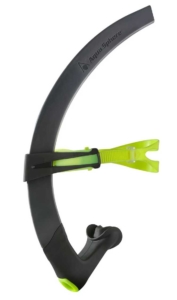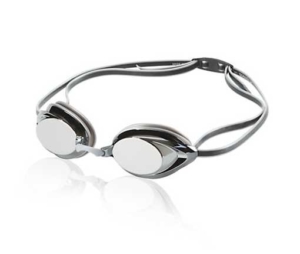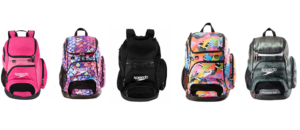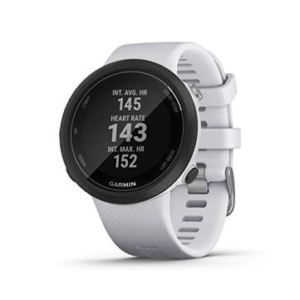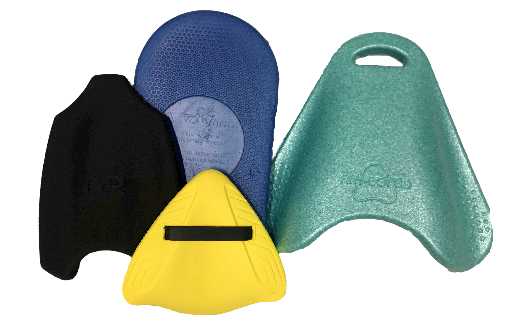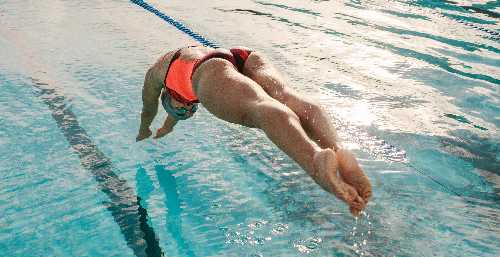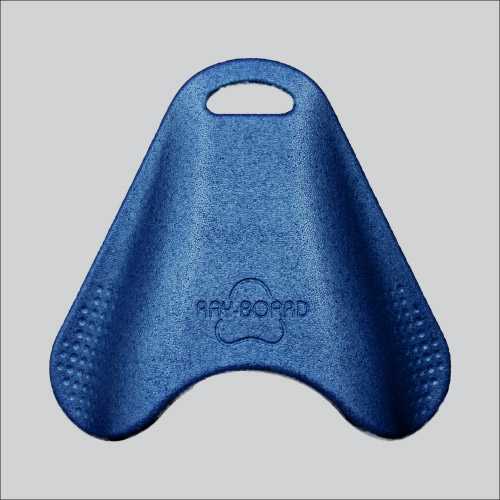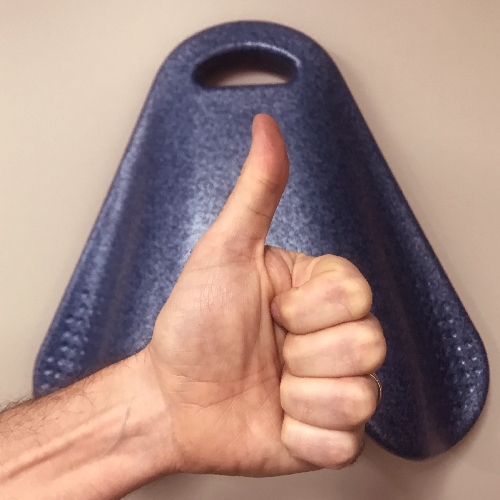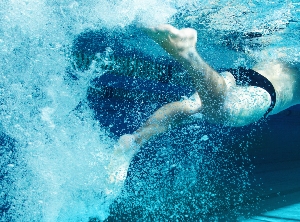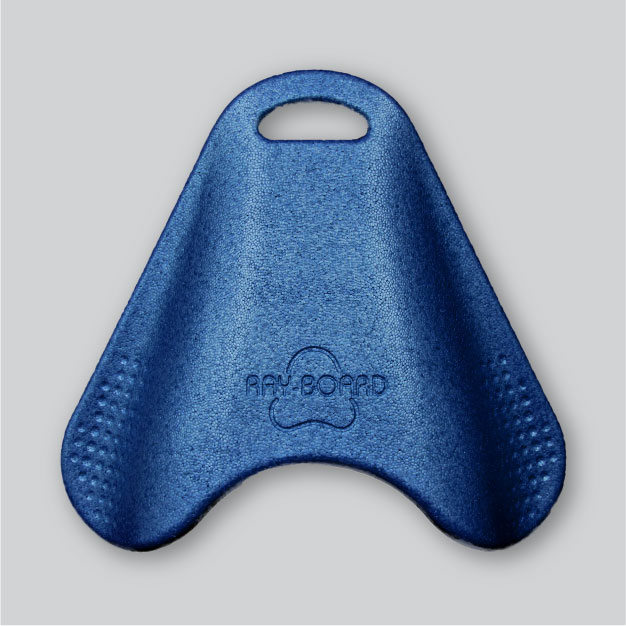Adult Kickboard by Ray-Board – Best of 2020
What Makes a Great Adult Kickboard?
So you’re ready to buy your own kickboard. Perhaps it’s because you’re getting more serious about swim training, perhaps your swimming pool now requires you to bring your own kickboard because of COVID-19, or maybe you think borrowing your kids’ SpongeBob kickboard makes you look a little silly. This article reviews features that are key to a great adult kickboard.
Buoyant
Have you ever borrowed that generic blue kickboard from the pool and found that it barely keeps your head above water? Inexpensive children’s kickboards are often undersized, too thin, or made of less buoyant materials. The result… they do a poor job of supporting your body as you swim. You have to kick harder, extend your arms further, or even stack two kickboards to stay afloat. A proper adult kickboard should keep your torso comfortably afloat without extra effort.
Rigid
Inexpensive kickboards are often make of soft, flexible foam that is easily covered with a colorful graphic. Kids like the look, but the less rigid design allows the kickboard to bend when you put your weight on it. An adult kickboard should be very rigid to best support your upper body. Certain materials are inherently more rigid, particularly EPP (expanded polypropylene) foam. Also, thicker kickboards are typically stiffer than thinner boards.
Ergonomic
Standard kickboards are flat. This design is inexpensive to mass produce, but it doesn’t promote proper swim position. It also isn’t the most comfortable on the neck, shoulders, and back. You need to crane your head back to keep it out of the water, and even more so when your kickboard is less buoyant and less rigid. An ergonomically designed adult kickboard is shaped to allow comfortable kicking while putting your body in favorable body alignment. Check out this video to learn more about different kickboard shapes.
Why Ray-Board is the Perfect Adult Kickboard
There is really only one kickboard that has all these features… Ray-Board. It is over 50% more buoyant than standard kickboards, meaning it’s designed to support your upper body. It is made of rigid EPP foam that is highly durable and impact resistant. Most importantly, Ray-Board’s unique shape positions your elbows wide and low. Your weight is evenly distributed across your elbows and forearms instead of your wrists and hands. It also reduces the need too arch your neck and back. This makes for a more comfortable kicking experience. You can kick longer and stronger with Ray-Board.
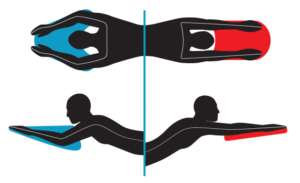
Ray-Board vs traditional flat kickboards
What Swimmers are Saying about Ray-Board
Ray-Board was introduced in 2020. In only a few months over 1000 swimmers have purchased Ray-Board. We frequently receive feedback that the design is allowing swimmers to swim more comfortably. Below are a few excerpts. You can read more review on our Reviews page.
The ray-board does help with shoulder and neck stress when using a kick board. I am 65 and try to swim laps about four times a week. Since using the ray- board, I have upped the number of laps I can do. With a traditional kick board, I often stopped because of neck and should pain, not because I was tired.
This board is ergonomically balanced and makes laps very comfortable to do. I initially bought one for her after she had hamstring surgery and needed exercise but family members also wanted to use it.
I love my Ray Board. I have issues with my wrist and with the Ray Board my weight is distributed through my forearms unlike traditional boards.
I use it exactly the way you suggested . Truly no other better way, because it offers greater support . I had a snow skiing accident in the early 90’s and injured my right shoulder & back . This has truly helped me swim for my therapeutic exercise ! Thank you !
I use it almost daily and love it. It puts less strain on my neck and shoulders than the standard versions. Am very satisfied with it and highly recommend it.
I started swimming again a couple of years ago and noticed my neck was getting sore with traditional kick boards. I bought this one to see if a new design would help. It allows for a more comfortable arm position while also allowing me to keep my head in the water when I need a break from back and neck extension while kicking. I flip it over and use it to kick on my side or on my back. It’s about the same length from top to bottom as a traditional kick board but is much wider and very supportive and sturdy.

